Policy: Intra-ruminal injection
Policy type: Policy
Reference: 5l
Status: Current
Date ratified: May 2019
Position Statement
The New Zealand Veterinary Association (NZVA) is opposed to intra-ruminal injection (rumen punching) for the delivery of veterinary medicines to ruminants because this practice is likely to compromise animal welfare.
Background
In exceptional circumstances, where failure to provide immediate intervention could result in significant compromise in animal welfare and/or death (e.g. severe bloat), intra-ruminal injection may be justified.
Intra-ruminal injection is a practice used by some farmers for administering parasiticides, particularly to beef cattle.
The NZVA does not support this practice, particularly as other routes of anthelmintic treatment are available in cattle (ie. oral, parenteral, and topical), These methods are on-label, have very few welfare or residue risks and their efficacy is supported by peer-reviewed trial work.
When intra-ruminal administration is justified and used to deliver veterinary medicines, this must be recorded in the animal status declaration form (ASD) and default withholding periods should be considered on the basis of off-label usage.
Impact
Animals
The NZVA believes that intra-ruminal injection may lead to animal welfare compromise when poor administration technique results in inappropriate compounds being inadvertently injected in to the peritoneal cavity. This may cause pain and distress, thus a poor welfare outcome for the animal involved. In some instances death may be a sequel.
Existing anti-parasitic products have proven efficacy when administered as per their label recommendations via oral, topical, and subcutaneous routes. These recommended routes cause minimal pain and distress, and should be used in preference to intra-ruminal injection (which is extra-label use, and therefore default withhold periods should apply).
Humans
Following intra-ruminal injection, animals have a high chance of developing abscesses in the rumen and abdomen, which when slaughtered may lead to spillage of rumen content and purulent material on the carcass, and slaughter board. This presents a health and safety risk to the meat workers, and a potential food safety risk if the carcass is not appropriately managed or condemned.
